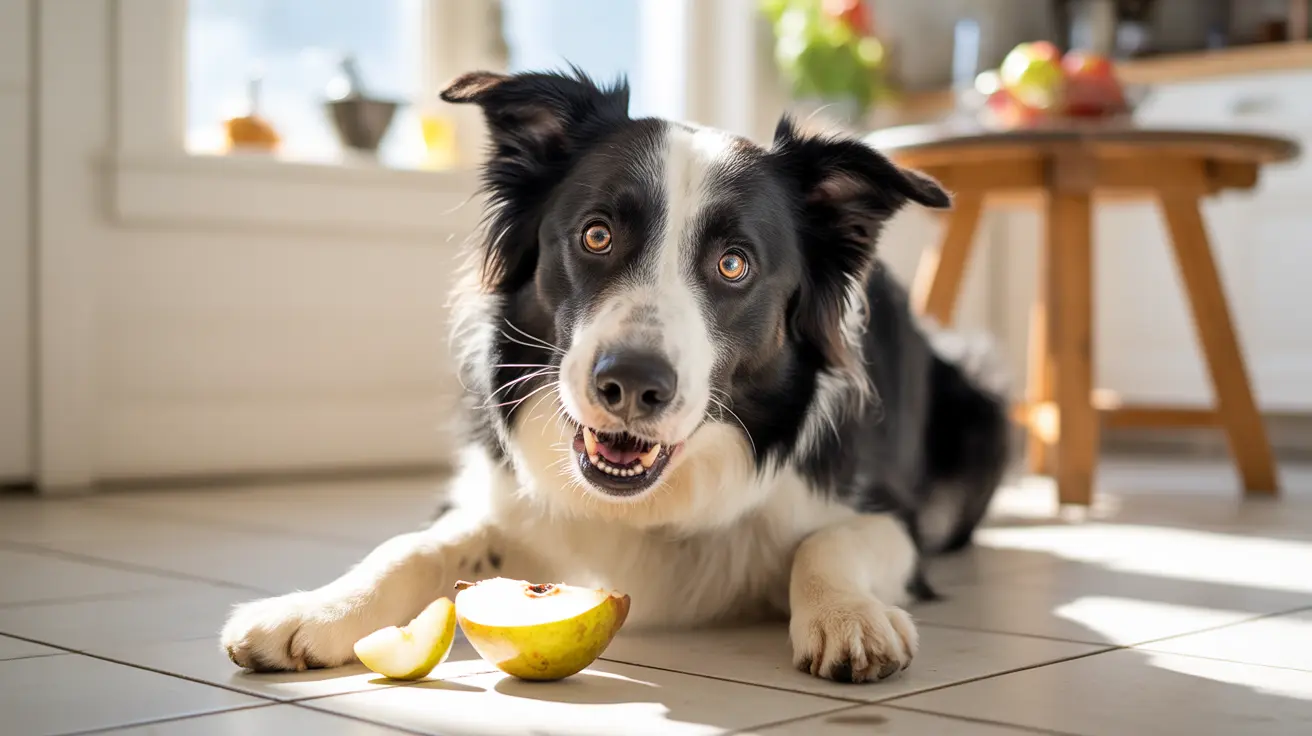Negatives of Owning a Great Dane: What Pet Owners Should Consider
Great Danes are known as
gentle giants—massive dogs with affectionate, loyal personalities. Yet despite their notable charm and friendly demeanor, owning a Great Dane comes with several potential drawbacks. Understanding these challenges can help prospective owners make informed decisions about welcoming this giant breed into their homes.
1. Shorter Life Expectancy
One of the biggest downsides to owning a Great Dane is their
short life span. These dogs typically live between
7 to 10 years, which is significantly shorter compared to smaller breeds. This limited time can be emotionally difficult and means more frequent turnover if you own dogs long-term.
2. High Risk of Major Health Issues
Great Danes are more susceptible to a range of serious
genetic and structural health problems. Common conditions include:
- Gastric dilatation volvulus (bloat) – a life-threatening condition that affects deep-chested breeds
- Hip dysplasia – can lead to chronic pain and mobility issues
- Wobbler Syndrome – affects the spinal cord and coordination
- Dilated cardiomyopathy – a serious heart condition
- Osteosarcoma – a form of bone cancer prevalent in large breeds
Veterinary care for these conditions can be expensive and emotionally taxing.
3. Large Physical Size
Great Danes are among the
tallest and heaviest of all dog breeds. Adult males can weigh up to 200 pounds and stand as tall as 34 inches at the shoulder. This size presents unique challenges:
- They require more space—smaller homes or apartments can be restrictive
- They may accidentally knock over children or fragile items
- Transporting them requires larger vehicles and wider doorways
4. Cost of Ownership
Due to their size, Great Danes come with
higher overall care costs. Some of the expenses include:
- High food intake, especially during growth
- Larger doses of medications and preventive treatments
- More durable crates, beds, leashes, and grooming tools
- Increased veterinary costs, especially for surgeries or sedation
Owning a Great Dane is inherently more expensive than owning a small-to-medium-sized dog.
5. Bloat and Dietary Caution
Great Danes are especially vulnerable to
bloat, a condition where the stomach fills with gas and can twist. This requires immediate emergency treatment and often surgery. Preventive measures include:
- Feeding two to three smaller meals daily
- Avoiding exercise before and after meals
- Discouraging the use of raised food bowls (contrary to past advice)
Even with precautions, the risk can never be completely eliminated.
6. Fragile During Puppyhood
Great Dane puppies experience rapid growth that makes their joints and bones particularly fragile. Owners must:
- Limit high-impact activities during early months
- Feed specialized large-breed puppy food to avoid skeletal issues
- Monitor carefully to avoid injury during play
Improper nutrition or exercise can lead to long-term joint disorders.
7. Grooming and Home Adjustments
Though their
short coat is low-maintenance, grooming a Great Dane still presents challenges:
- More shedding than many people expect
- More space needed for bathing and grooming tools
- Regular nail trims and ear cleaning are essential for comfort
Tall counters are no match for their height, requiring homeowners to be cautious about food and object placement.
8. Sensitivity to Cold
Despite their large size, Great Danes have
thin coats and minimal fat insulation, making them very sensitive to cold weather. During winter, they may need:
- Protective coats or sweaters
- Limited time outdoors
- Heated indoor spaces
This makes them less ideal for owners in colder climates without proper accommodations.
9. Not Ideal for Long Periods Alone
Great Danes thrive on
human interaction and often become anxious or destructive when left alone for long periods. This can lead to:
- Separation anxiety
- Chewing and indoor accidents
- Barking or howling disturbances
A household with long working hours or frequent travel may not suit this breed well.
Conclusion
While Great Danes are affectionate and loyal companions, they pose considerable challenges that cannot be ignored. Prospective owners should fully understand the implications of their care—spanning health risks, financial obligations, size-related lifestyle constraints, emotional investment, and long-term commitment. With the right preparation and environment, the negatives can be managed—but they are real and should not be underestimated.





